A reader left a comment recently with a great question for me. She noticed that I used a Benjamin Moore paint for my wall cabinets, but for my kitchen island, I used Fusion Mineral Paint. Her question was simple– Now that I have had experience with both, which do I prefer?
I have gotten this same question, asked in different ways, so many times since the start of the year! I think starting a new year makes everybody feel all antsy about wanting to paint their cabinets. It seems to be on the brain of so many people I talk with, both in person, and online.
So today I want to summarize for you my experience and thoughts on both types of paint I have used. I have now painted 4 sets of cabinetry and know for sure what seems to work for me and what doesn’t.
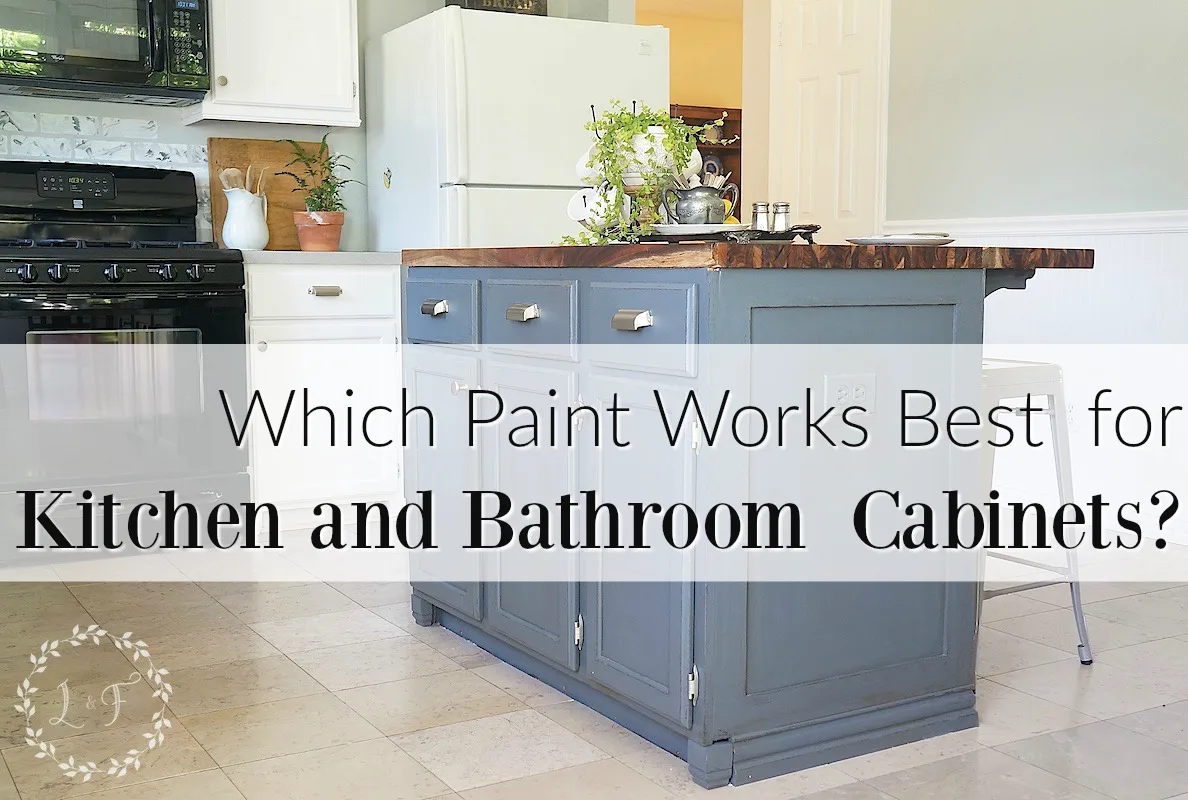
First, let’s start with the Benjamin Moore Advance.
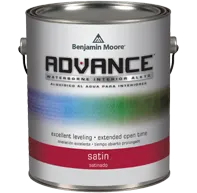
This is the paint that I used to paint my white base and wall kitchen cabinets.
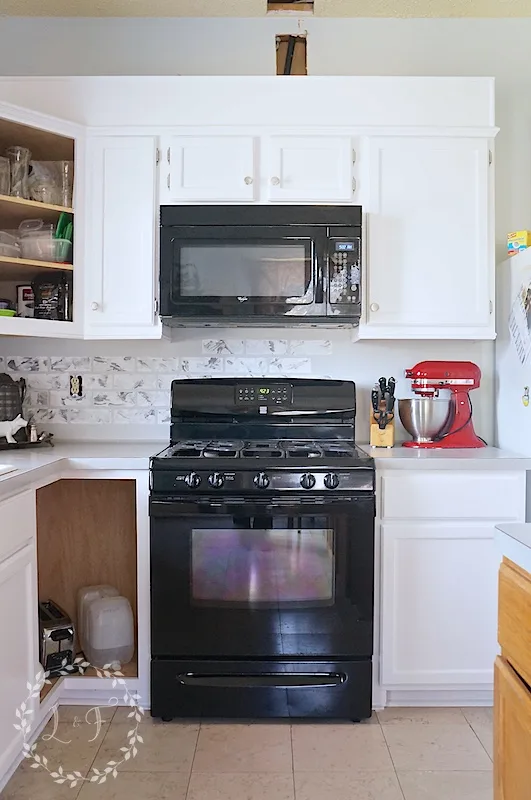
(please ignore the missing doors and holes in the wall and ceilings–this is an “in progress shot!)
I did a lot of research before I decided to go with this paint for my white cabinets. From what I was reading online, oil-based paint was recommended by most professionals for cabinetry, because of its durability and smoothness of finish.
Well, that all sounds nice and wonderful but I really hate working with oil-based paint! It smells and is a royal pain to clean up, I honestly avoid it at all costs. So I kept searching until I found another option . . . which led me to the BM Advance.
Benjamin Moore Advance is an Alkyd paint, and while it has the durability and smoothness of an oil-based, it’s actually water-based–Yay! So by using the BM Advance I was going to get the benefits of oil-based paint without the issues.
You may be wondering why I didn’t consider Fusion for these cabinets, and the most basic answer is that when I started painting my cabinets back in December of 2014, I didn’t know Fusion existed! And once I bought the BM Advance and started using it, I preferred to continue with the same product rather than switch to something else halfway through the process.
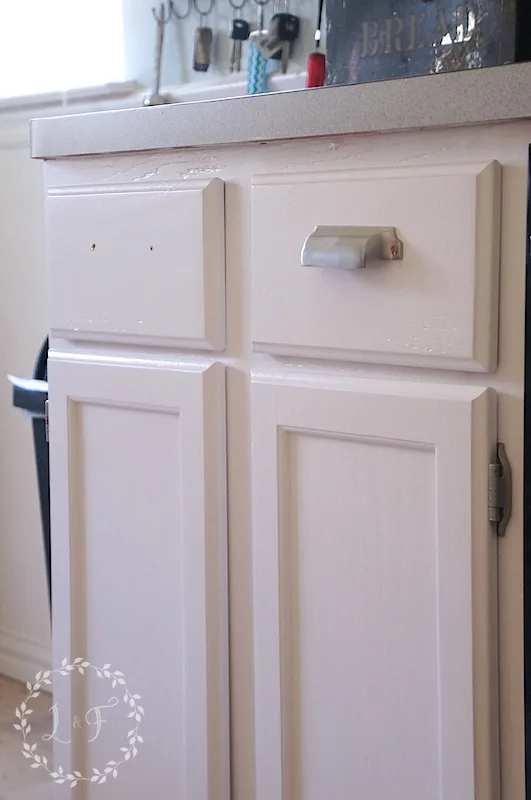
To prep my cabinets for the BM Advance, here are the steps I took:
- Cleaned thoroughly with TSP
- Sanded thoroughly with my power sander
- Filled any joints with joint compound and sanded smooth
- Applied a base coat Kilz Primer
Once the basecoat of Kilz was on, I needed 3 more coats of the BM Advance to get the full coverage I needed. Each coat had to dry at least 16 hours before I could apply the next coat.
In between each coat I sanded with fine-grit sandpaper and wiped the surface clean with a tack cloth. I used a synthetic, angled brush to paint the inside trim of each door first, then applied the rest of the paint with a foam roller. The BM Advance doesn’t need a topcoat to maintain its durability, so none was applied.
How Did They Turn Out?
I am very happy with how my cabinets turned out, and they have held up well. They clean easily and the paint filled in the oak grain well also (as long as I had plenty of paint on my roller).
It did take a little finesse to lay the paint down on the surface smoothly, and I had to be sure not to go back and re-touch any area where the paint had begun to settle or it would leave a spot in the finish and I had to start all over.
I only needed one gallon of the BM Advance for all of my cabinets, and the cost was (from what I remember) around $40 for the gallon.
One of the biggest benefits for me in using the BM Advance paint is that I could mix it to whatever color and gloss I wanted. For my kitchen, in particular, that was important–I have white bead board wainscoting along my kitchen walls, and I wanted the paint on my cabinets to match the color and gloss already on that existing wood trim.
So from my experience, here are the Pros and Cons of the BM Advanced:
Pros of BM Advanced
- Affordable
- Durable
- Provides a smooth finish
- Color and gloss can be custom mixed to your preference
- No topcoat needed
Cons of BM Advance
- Had to apply a basecoat of Kilz
- Cost of foam rollers needed to apply paint properly
- Applying the paint smoothly takes practice and finesse, and it’s not easy to correct a mistake without starting the entire panel over
- Long wait time of 16 hours in between coats
Now onto the Fusion Mineral Paint . . .

Fusion is not a hardware store paint like Benjamin Moore, Sherwin Williams, or Behr, etc. It’s an acrylic paint that it’s formulated specifically for furniture and other decorative projects around the home (although you can use it to paint your walls if you like!)
The most familiar of the furniture paints out there are chalk paints, and you may be thinking Fusion is another chalk paint–but it’s not. It’s like chalk paint in that it’s made for ease of use on furniture, but it has totally different ingredients, paints differently, and results is a completely different type of finish (read more about chalk paint vs Fusion here).
The biggest difference between Fusion and chalk-type paints is since Fusion is an acrylic paint, it actually seals the painted finish and bonds the paint to the wood surface underneath–chalk paint does neither of those things (you need a topcoat to get those results with a chalk-type paint). In my opinion, it’s this quality that makes Fusion a good option, among the furniture paint brands, for cabinets and other high-traffic surfaces.
Fusion is also VOC free, water-based, and completely non-toxic. It’s super easy to clean up and a great choice if you are sensitive to paint odors or any paint chemicals. It doesn’t stink up my house, which I really like 🙂
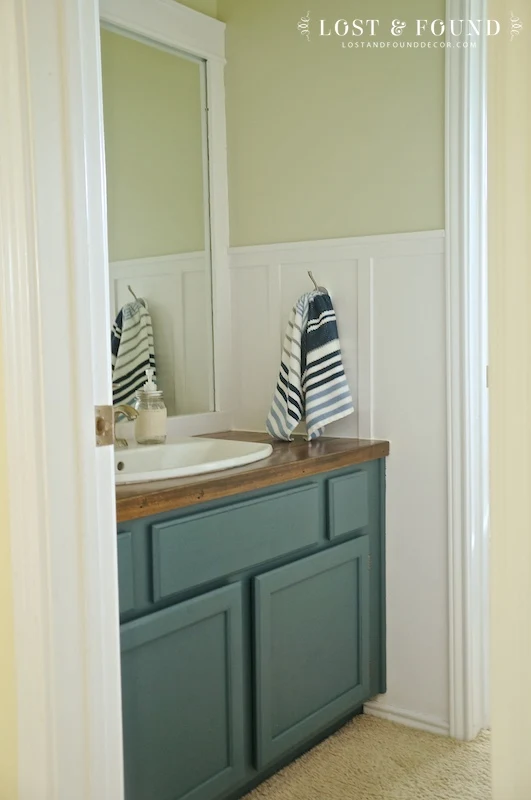
I’ve painted 2 sets of cabinets in my home with Fusion, as well as a cabinet set for a client, and I have been very happy with the process and results. The photo above is from my boys’ bathroom makeover, and this set of vanity cabinets was painted in Fusion’s Homestead Blue.
Like the BM Advance, there is no topcoat on this set of cabinets–just 2 coats of the Fusion blue paint–and it has held up perfectly. We are nearing the one year mark for these cabinets and there’s not a scratch or ding on them.
The finished surface of Fusion is waterproof as well, so I have been able to just wipe off the toothpaste and soap drips with a wet rag, without leaving any damage to the paint at all.
The prep for painting cabinets with Fusion is similar to the prep for using the BM Advance, but slightly less involved:
- Clean the cabinets with a degreaser (I like to use Fusion’s TSP Alternative)
- Lightly sand (I have given them just a hand-sanding with sandpaper)
- Fill in any seams with joint compound and sand smooth
- Apply a base coat of Fusion Ultra Grip to the wood laminate surfaces only
What is Ultra Grip and why that step? Ultra Grip is simply pure, high-grade acrylic. It paints on milky white, dries clear, and provides extra grip for the Fusion paint. It’s designed to be used on any areas where paint traditionally doesn’t want to stick–like wood laminate.
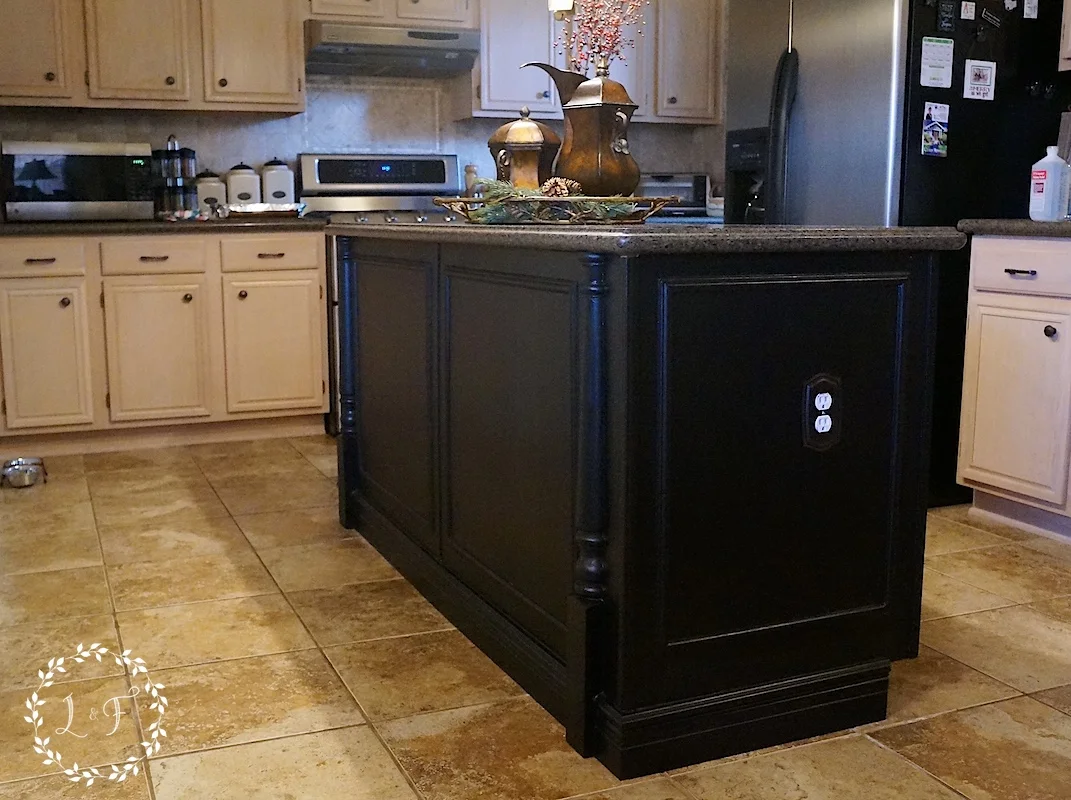
This is the kitchen island cabinetry I painted for a client, using Fusion’s Coal Black. If your cabinets are standard builder-grade like hers were, typically your doors and cabinet faces are solid wood, but the sides and backs of the boxes are wood laminate.
So for this project, I only used the Ultra Grip on the 2 sides and back of the island cabinet box–those were the areas that were constructed of wood laminate.
The biggest difference in the prep process for the BM Advance and for Fusion is that with Fusion you can get away with a lighter sanding, and there is no need to paint on a primer coat of Kilz. For someone who dislikes sanding and who really dislikes Kilz, those are major pros for me!
When it comes to applying the actual paint, I prefer using the same brush I use when painting furniture with Fusion. I’ve tried applying the Fusion with a foam roller, and I think it actually paints on much smoother using a brush.
Since I have a brush on hand, I appreciate that I don’t have to run out and buy extra foam replacement rollers every time I want to paint another coat–I just wash out my brush 🙂
How many coats will Fusion take?
That completely depends on the current color of the cabinets and the color you pick. Darker wood cabinets are of course going to take more coats to get full coverage than lighter wood cabinets, and the Fusion grays, blues, browns, and blacks have better coverage than the Fusion whites.
I always tell my customers if they are picking a Fusion white, to be prepared for 4 coats to get full coverage. I know that seems like a lot, but remember the BM Advance white also took me 4 coats (one coat white Kilz and 3 coats white paint)? So I don’t think that’s an issue with the Fusion, but more of an issue with just trying to paint something white 🙂
The Homestead Blue I used on my boys’ vanity and the black and gray I used on my 2 kitchen island makeovers were both just 2 coats of paint.
I have found that the Fusion is also easier to maneuver than the BM Advance. You can work it over a little more to smooth it out before it starts getting a “skin” on it, and you can touch up a small spot much easier than you can with the BM Advance. I honestly think it’s probably an easier paint to work with for the average painter.
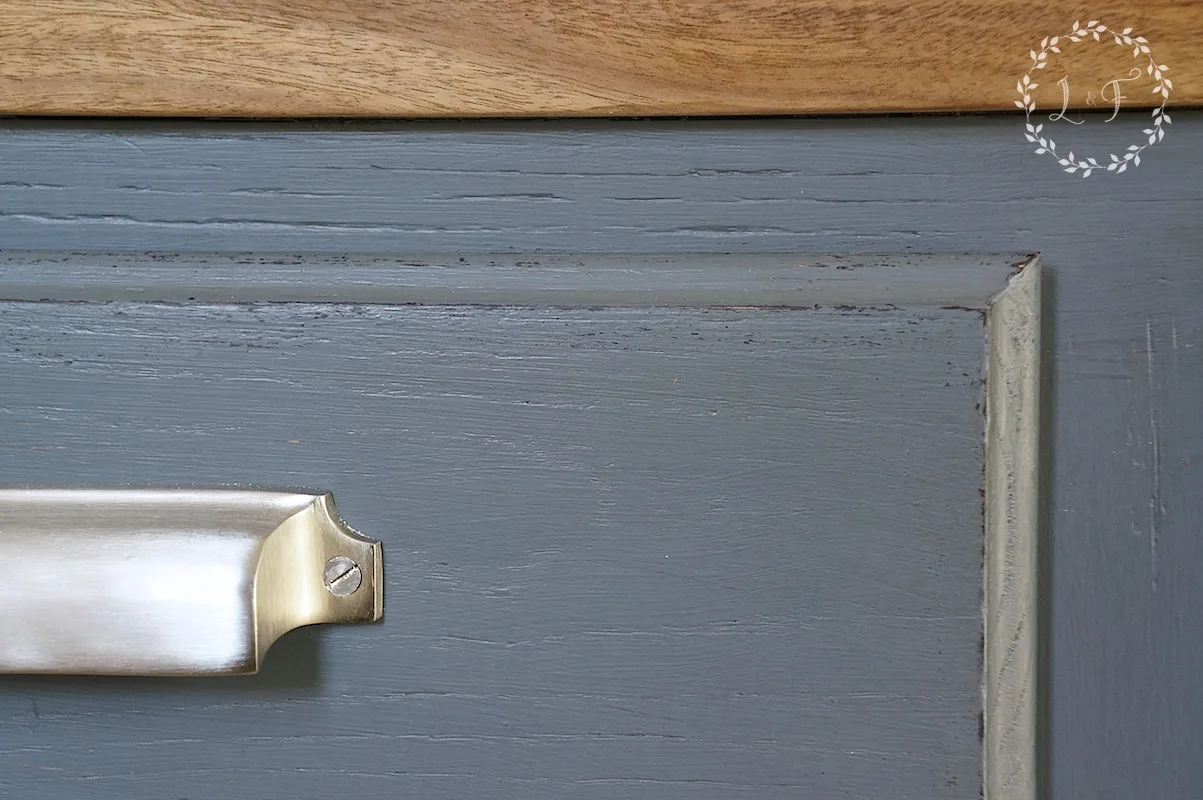
When I used the Fusion on my personal kitchen island, I wanted a distressed, two-color finish. I painted on a base coat of Fusion Chocolate, then a topcoat of Fusion Soapstone, using a wax resist technique (you can read about that here) so that the brown of the Chocolate paint would show through. I also added a coat of the Fusion Antique Glaze to add some warmth to the bluish-gray of the Soapstone.
Now I haven’t tried distressing the BM Advance at all, but I’m betting that it would be a little more difficult to get a distressed look with it. The BM Advance isn’t formulated to be sanded and distressed, but rather to provide a solid, durable finish, so I don’t imagine it would work well to try and sand and distress it.
Also, I have not applied a glaze to the BM Advance, so I can’t speak to how that would work–would the glaze dry well or stay tacky on the paint? I really don’t know. I do know though that both the process of distressing and the glazing are possible with Fusion and really pretty simple.
The last thing I want to say about using Fusion for cabinets is that it’s important to realize Fusion does not provide a glossy finish. It’s more of a matte satin–not near as flat as a chalk paint, but also not a glossy latex either.
Fusion doesn’t need a topcoat to be durable and/or waterproof, but if you want a glossy finish on your cabinets (like I did on my white cabinets), be prepared to add a topcoat to Fusion. The Fusion Tough Coat (for whites and light colors), or Stain & Finishing Oil in Natural (for dark colors) are both great for this, but it is an extra step.
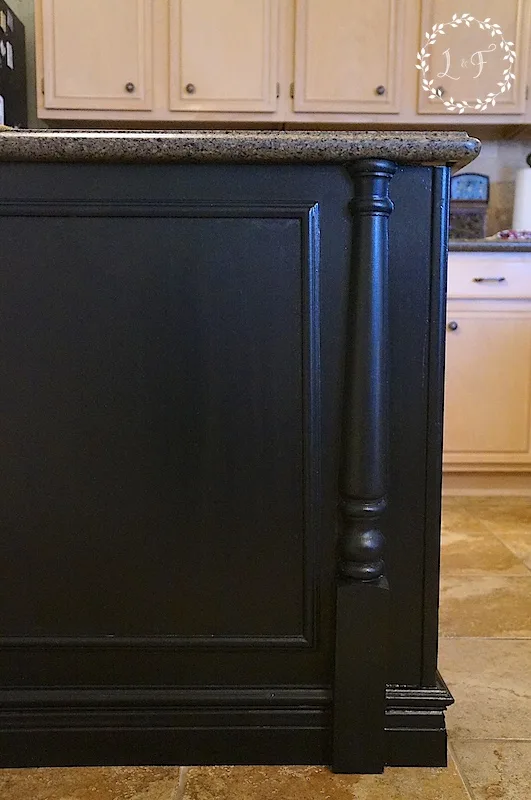
Having a glossy finish is really up to your personal taste and style, but I have found that if I use the very dark colors of the Fusion line (the Chocolate, Coal Black, and Ash) it’s really beneficial to add a topcoat. Why? Well, dark colors show more dirt, dust, and fingerprints, and the only way to really help them show less is to add a higher gloss.
Cost-wise, Fusion Mineral Paint is around $20 per pint. Depending greatly on the color and size of your cabinet project, you can get away with one pint of Fusion or you may need 5-6.
If you have a wood laminate surface and you need to paint on the Ultra Grip, that’s another $19. But with using the Fusion there’s no purchase of Kilz, and no foam roller replacements (which those can add up!).
So, I’m not sure there is a really accurate way to compare the cost of using the BM Advance vs the Fusion–I honestly think it’s close to a wash.
So now for the pros and cons of the Fusion Mineral Paint:
Pros
- Non-toxic, VOC free, a good choice for the environmentally conscious
- No need to prime with Kilz
- Waterproof, durable finish
- Easy to use to create a distressed and decorative finish
- Easy to paint for the new painter or average DIY’er–can be applied with a brush
- Quicker re-coat time, 4-6 hours in between coats
Cons
- Limited range of colors
- Only a matte satin finish–topcoat required if you want a higher gloss
- Blacks, dark grays, and dark brown need a topcoat to help with dust and fingerprints
- Cost is higher per ounce than the BM Advance
So which one really is the best to use for your cabinet projects?
Well, I really think that depends.
Do you want a high gloss finish? Then go with the BM Advance. Are you wanting a non-toxic, low-odor option? Then use the Fusion.
Do you have a very large area of cabinetry to paint? Then the BM Advance may be more cost-effective.
Just a small cabinetry area? Then the Fusion would probably save you on cost.
Are you an experienced painter? Then you would be able to maneuver the BM Advance well to get a smooth finish.
Are you a more novice painter? I honestly think the Fusion would be easier for your work with.
Of course, I sell Fusion Mineral Paint . . . so I am going to recommend it as a great option 🙂 But I hope you have seen in this post that I have been honest about its cons.
I continue to believe it is a fantastic option for cabinetry, and I have had several customers purchase Fusion to use for their kitchen and bath cabinet projects and be very happy with their finished project. But I’m not going to tell you it’s the only paint you can use . . . The BM Advance is a great option as well.
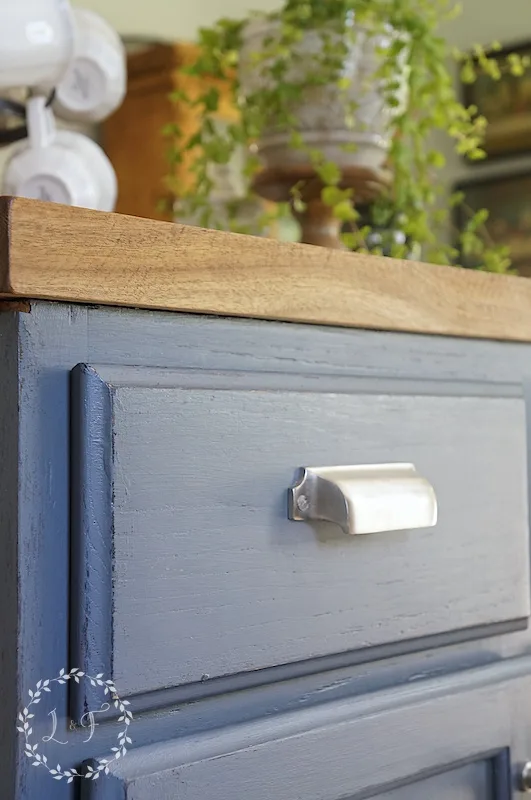
What about chalk paint?
If you’re thinking that both the BM Advance and the Fusion Mineral Paint sound too complicated, and you really want to try chalk painting your cabinets (since you don’t have to do any sanding or prep with chalk paint, right?), can I please talk you out of it?
I am not anti-chalk paint at all–it’s a great product and I have enjoyed using it on many things over the past several years, but I would not recommend it at all for kitchen and bath cabinets.
If you skip the proper prep steps of cleaning, sanding, and priming (at least with the BM Advance) of your cabinets, your chalk paint may stick at first, but it won’t last.
And you absolutely have to seal your chalk paint with something, and most of the time wax is recommended. That’s really not a great idea though . . . Wax and wet surfaces do not do well together!
I read a post recently from a blogger who painted her cabinets with chalk paint and then used paste wax to seal off her cabinets. In her post she shares why that was a bad move (think dirty wax that you just can’t get clean . . .). You can read her post here.
In my personal opinion, I would save chalk paint (and milk paint for that matter) for furniture projects.
I think if you are going to tackle the giant job of painting cabinetry, it’s worth it to use a paint that is formulated more for use in wet areas and has proven durability in long-term, high-traffic use.
So in conclusion to this veeeeeery long post . . .
I always tell people who ask me about painting cabinets that it’s not a hard project, but it’s not easy either.
No matter what paint you choose to use, you have to walk through the proper prep steps if you want to get lasting durability on your cabinets.
No matter what paint you use, you have to take the time to apply the paint properly so you will have a smooth finish.
No matter what paint you use, there will be some tools you need to purchase to complete your project. Just be prepared–painting your cabinets is a big job!
I hope though that this post has given you some better ideas of what I think are 2 great paint options, and which one may be the best for your project. Happy Painting!
If you would like to see my other cabinet project posts I’ve referenced, you can find them here:
How to Prep Cabinets for Painting with Fusion Mineral Paint
Painting my Kitchen Island with Fusion using a 2-Color Distressed Technique
Builder-Grade Island Makeover using Fusion Coal Black
Painting My Boy’s Bathroom Vanity with Fusion Homestead Blue
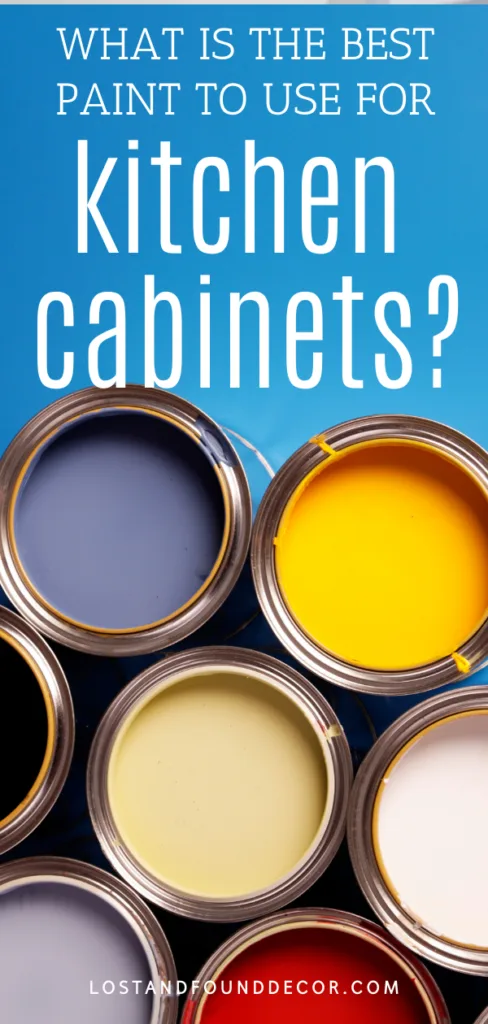
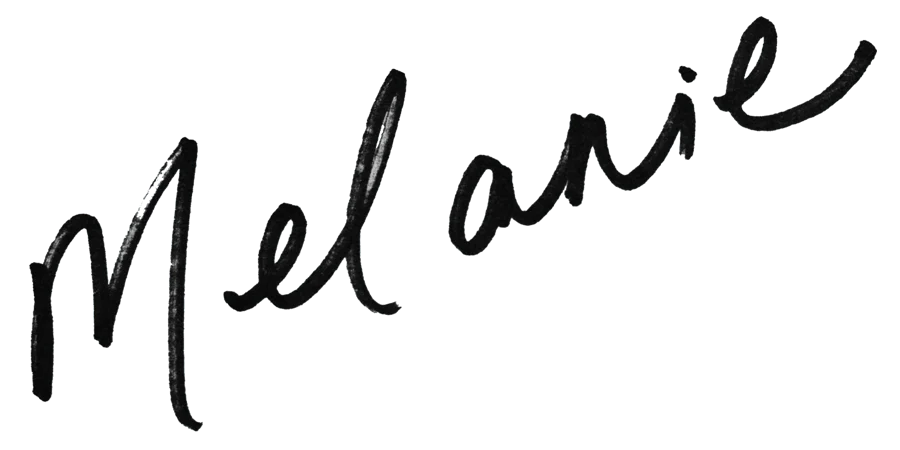

Ann Madara
Monday 7th of November 2016
Can u use Fusion on brick? I have a previously painted brick wall from which I am unable to remove the paint. I painted one wall with chalk paint, but I would like the waterproof benefit of Fusion on a larger expanse of wall. I also want to do a mottled treatment in order to separate the mortar and bricks, so one solid base coat of a light color, then mottled grey, green and brown for that mossy look. Is this doable?
Melanie
Monday 7th of November 2016
Yes, and Yes! You can certainly use it on brick and you can do all those custom effects you like. You can water down Fusion for a wash look, or dry brush it on as well.
Ann Madara
Monday 7th of November 2016
Can u use Fusion on brick? I have a previously painted brick wall from which I am unable to remove the paint. I painted one wall with chalk paint, but I would like the waterproof benefit of Fusion on a larger expanse of wall. I also want to do a mottled treatment in order to separate the mortar and bricks, so one solid base coat of a light color, then mottled grey, green and brown for that mossy look. Is this doable?
Melanie
Monday 7th of November 2016
Yes, and Yes! You can certainly use it on brick and you can do all those custom effects you like. You can water down Fusion for a wash look, or dry brush it on as well.
Chalk Paint vs Fusion Mineral Paint | What's the Difference? | Lost & Found
Sunday 28th of August 2016
[…] Fusion vs Hardware Store Paint for Painting Cabinets […]
Chalk Paint vs Fusion Mineral Paint | What's the Difference? | Lost & Found
Sunday 28th of August 2016
[…] Fusion vs Hardware Store Paint for Painting Cabinets […]
Cedar
Wednesday 3rd of August 2016
Great read! Chalk paint on kitchen cabinets is fine with a good poly. Been doing it for years, holds up great. I've used kitchen cabinet paint from another paint company (similar to the BM product) and its peeled and chipped after years of use. I've used Fusion on furniture so far but not a kitchen YET, its holding up excellent.